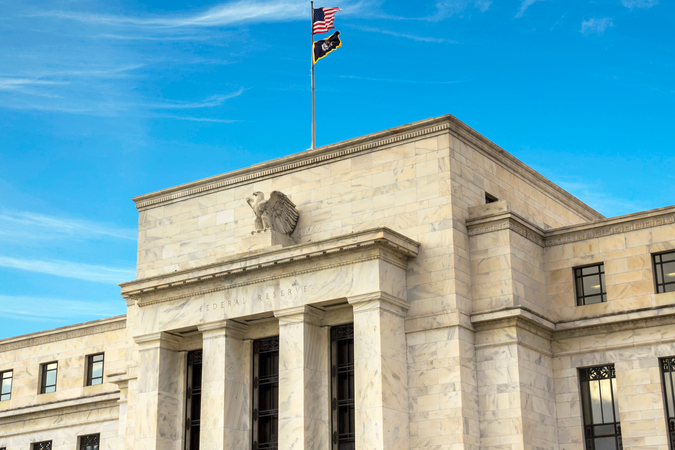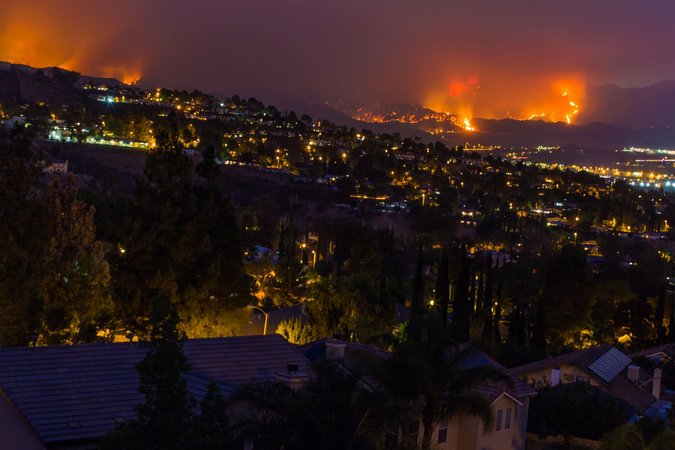Costs of Forest Fuel Treatment Programs: Spatially Explicit Estimates for California
This working paper offers valuable insights into the main factors that drive the cost of forest fuel treatments.
Executive Summary
Wildfires in California have become increasingly severe and costly, prompting heightened interest in and investments toward large-scale efforts to reduce wildfire risk through forest fuel treatments. We provide a novel spatially explicit analysis of fuel treatment options and costs in California, and use that analysis to evaluate costs of a series of statewide fuel treatment scenarios. Our approach integrates empirical models of treatment choice and treatment costs, generating site-specific estimates of the costs of, and the likelihood that managers would choose, each of two broad treatment strategies.
With data from the US Forest Service (USFS) Forest Activity Tracking System and landscape data from the Landscape Fire and Resource Management Planning Tools program, we use hierarchical clustering methods to aggregate USFS activities into two primary treatment types: mechanical thinning and prescribed burns. We then use a choice model to predict which treatment type is selected at each site based on site-specific landscape characteristics.
Finally, we identify variation in per-acre treatment costs using Forest Service data and a linear regression model for each treatment type, and we calibrate predicted treatment costs to an average of full treatment costs reported in published academic literature.
Our results highlight variability in treatment costs across locations and landscape conditions. We find that mechanical thinning is more commonly applied in areas with higher slopes and elevation; prescribed burns are more likely in flatter areas farther from populated zones. Our cost models indicate that proximity to populated areas, vegetation type, and topography significantly influence treatment costs.
We use our models to project statewide treatment costs for policy scenarios of varying levels of ambition, defined based on wildfire hazard potential (WHP) and proximity to the wildland–urban interface (WUI). Treating 17 million acres in high-WHP areas is projected to cost $24.6 billion, and treating only high-WHP areas near the WUI (8.6 million acres) is estimated to cost $12.6 billion. A hybrid scenario, which includes all moderate-WHP areas near the WUI and high-WHP areas elsewhere, would require treating 30.7 million acres at an estimated cost of $42.7 billion.
Our analysis is subject to several important limitations. The cost data we use come 2 from USFS-administered projects, and although they are the most comprehensive available, they may not reflect fuel treatment strategy choices or costs on private or state lands. Additionally, these data do not account for permitting or environmental review costs, which are a major component of overall treatment costs. Moreover, as treatment capacity scales up, increased demand for labor and equipment could raise per-acre treatment costs.
Despite these limitations, our study provides policymakers with critical insights into the spatial heterogeneity and key cost drivers of forest fuel treatments. By offering granular, site-specific cost projections, we aim to support more efficient and cost-effective wildfire mitigation strategies. Our findings suggest that current levels of state and federal funding may reach the lower end of the range of funding needed to achieve the lowest-cost treatment goals, but more ambitious strategies would require substantial increases in funding.







